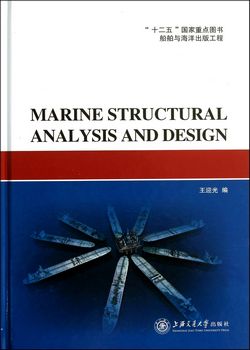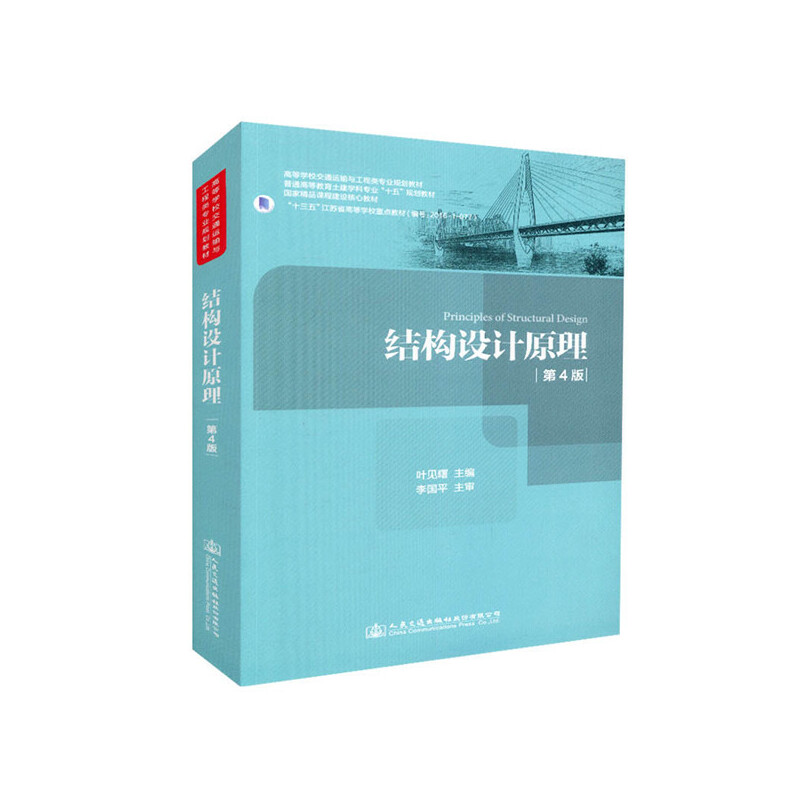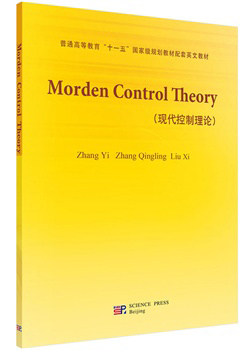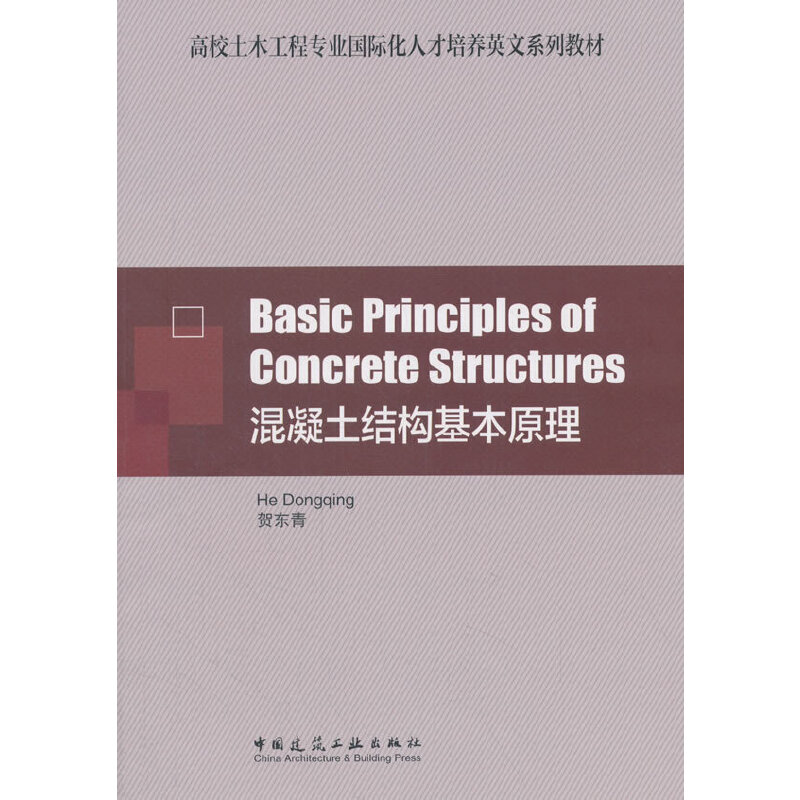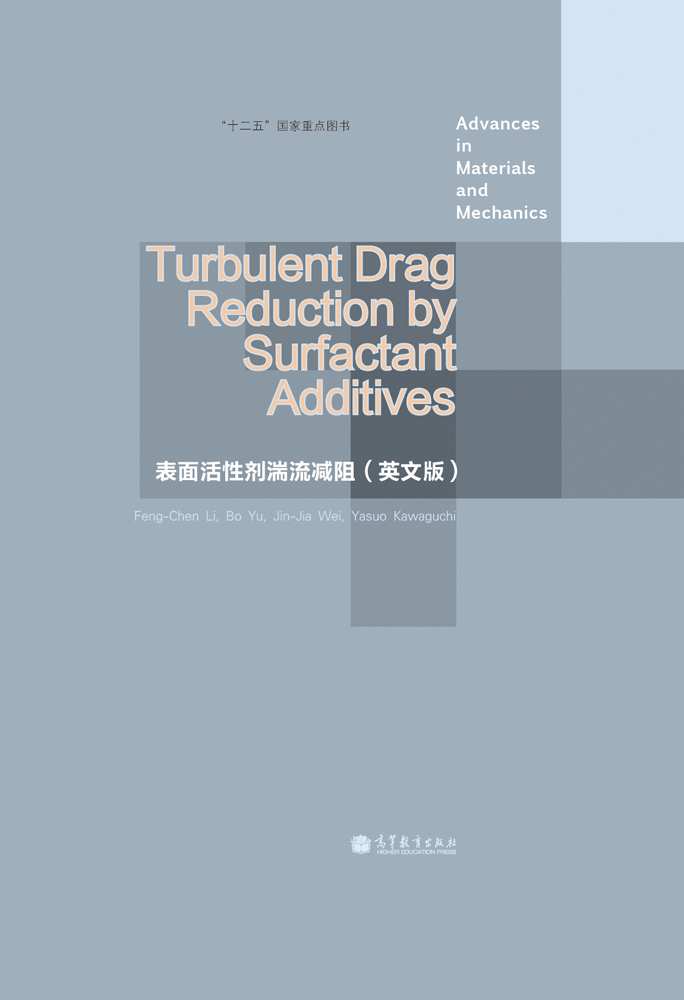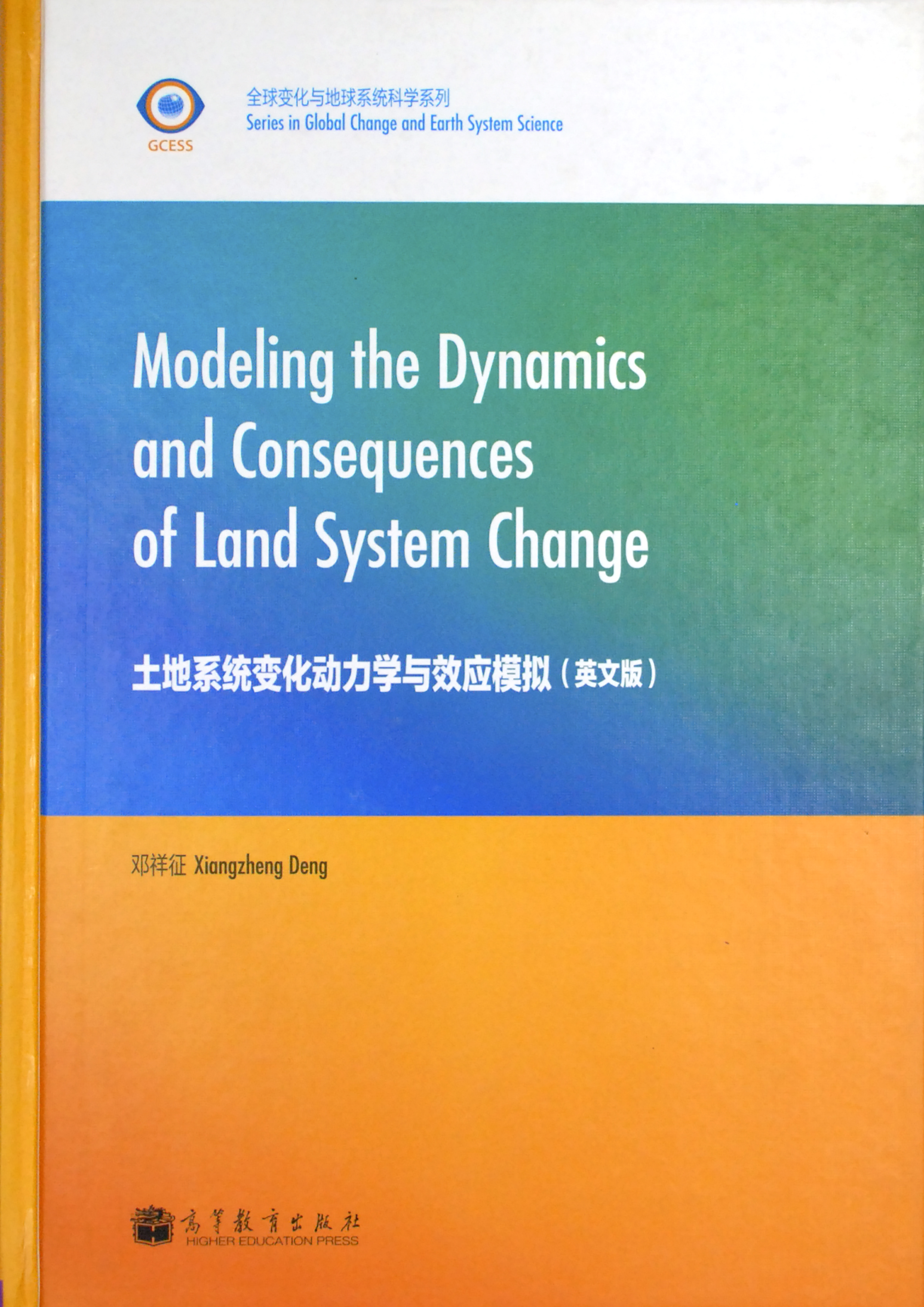《船舶与海洋结构物结构设计与分析》的特点是概念阐述简明清晰,理论推导严密详尽,并穿插配合工程应用实例说明,目的是使学生通过工程应用实例来加深对船舶与海洋结构物结构设计与分析基本原理和基本概念的理解,以期收到事半功倍的效果。
《船舶与海洋结构物结构设计与分析》的重点是以结构静力学和动力学为基础,研究船舶与海洋结构物结构设计与分析的外载荷计算、结构动力响应、结构规范设计、结构直接计算法设计等。
图书详情 | 《海洋结构物结构设计与分析》
图书分类 一 〉工学 一 〉船舶与海洋工程
- 上海交通大学出版社
- 9787313098696
- -
- 99476
- 60240234-9
- -
- -
- 2013-07
- -
- -
- -
- -
- 工学
- 船舶与海洋工程
- 0824
- U663
- 理工类
- 本科
- -
- -
- -
- -
内容简介:
目录
Chapter 1 Introduction to marine structural design
1.1 The traditional design method
1.1.1 The evolutionary process
1.1.2 A ship structural design example
1.1.3 The changes to the traditional design method
1.2 The modern design method
1.2.1 The first-principles-based approach
1.2.2 The design procedure
1.2.3 Benefits of the modern approach
Chapter 2 Marine structural design fundamentals
2.1 Structural arrangements design
2.1.1 Subdivision arrangement
2.1.2 Compartment arrangement
2.1.3 Access arrangement
2.2 Structural materials
2.2.1 Introduction to materials
2.2.2 Standard steels used for hull and other structure
2.2.3 High strength steel used for hull and other structures
2.2.4 Selection for steel grades
2.2.5 Other ship materials
2.2.6 An example of ship materials used for a dredging barge
2.3 Welding
2.3.1 The base types of welding joints
2.3.2 The base types of welding line
2.3.3 Stud welding
2.3.4 The determination of the weld size
2.3.5 A welding design example
2.4 Classification societies and their rules
2.4.1 Classification societies
2.4.2 Class rules, regulations and guides
Chapter 3 Leads and loads combinations
3.1 Environmental considerations
3.2 Loads
3.2.1 Static loads
3.2.2 The wave induced loads
3.2.3 The hydrodynamic loads
3.2.4 The sloshing loads
3.2.5 The impact loads
3.2.6 Other loads types
3.3 Loads combinations
3.4 Strength modeling and development of strength criteria
Chapter 4 Marine structural initial design
4.1 Hull girder strength and shearing strength
4.2 Hull structural members design
4.2.1 Plating design
4.2.2 Longitudinals and girders design
4.2.3 Bulkhead design
4.3 An example of hull structural members design-pillar design
4.3.1 Basic design of pillars
4.3.2 Some requirements for the pillars in rules
4.3.3 Regulations of pillars on different types of ships
4.4 Superstructure design
4.4.1 The interaction between the superstructure and the main hull
4.4.2 The design of superstructures
4.4.3 The failure of superstructures and prevention measures
4.5 Introduction to structures of various kinds of ships
4.5.1 Oil tankers
4.5.2 Bulk carriers
4.5.3 Container ships
Chapter 5 Marine structural design analysis
5.1 Total strength assessment
5.1.1 Yielding strength
5.1.2 Buckling and ultimate strength
5.1.3 Fatigue strength
5.2 Strength criteria
5.2.1 General introduction
5.2.2 Yielding criteria
5.2.3 Buckling and ultimate strength criteria
5.2.4 Fatigue criteria
5.3 Finite element analysis (FEA)
5.3.1 The developmental history of the finite element analysis
5.3.2 The basic idea of the finite element method
5.3.3 A finite element analysis exampl~-a 75,000 DWT bulk carrier
5.4 Spectral fatigue analysis of ship structures
5.5 The transverse strength analysis of a ship
Chapter 6 Marine structural design optimization
6.1 The introduction to the optimization
6.2 The categorization methods for optimization problems
6.2.1 Continuous versus discrete optimization
6.2.2 Constrained and unconstrained optimization
6.2.3 Global and local optimization
6.2.4 Deterministic and stochastic optimization
6.3 An example~the optimization of stiffened panels
6.3.1 Introduction to stiffened plates
6.3.2 The numerical solution method for a stiffened panel
6.3.3 Summarization
6.4 Another example-the optimization of a T-bar
6.4.1 The problem raised and the model established
6.4.2 Analytical solution method
6.4.3 Finite Element Analysis solution method
6.4.4 Comments on each solution method
References
1.1 The traditional design method
1.1.1 The evolutionary process
1.1.2 A ship structural design example
1.1.3 The changes to the traditional design method
1.2 The modern design method
1.2.1 The first-principles-based approach
1.2.2 The design procedure
1.2.3 Benefits of the modern approach
Chapter 2 Marine structural design fundamentals
2.1 Structural arrangements design
2.1.1 Subdivision arrangement
2.1.2 Compartment arrangement
2.1.3 Access arrangement
2.2 Structural materials
2.2.1 Introduction to materials
2.2.2 Standard steels used for hull and other structure
2.2.3 High strength steel used for hull and other structures
2.2.4 Selection for steel grades
2.2.5 Other ship materials
2.2.6 An example of ship materials used for a dredging barge
2.3 Welding
2.3.1 The base types of welding joints
2.3.2 The base types of welding line
2.3.3 Stud welding
2.3.4 The determination of the weld size
2.3.5 A welding design example
2.4 Classification societies and their rules
2.4.1 Classification societies
2.4.2 Class rules, regulations and guides
Chapter 3 Leads and loads combinations
3.1 Environmental considerations
3.2 Loads
3.2.1 Static loads
3.2.2 The wave induced loads
3.2.3 The hydrodynamic loads
3.2.4 The sloshing loads
3.2.5 The impact loads
3.2.6 Other loads types
3.3 Loads combinations
3.4 Strength modeling and development of strength criteria
Chapter 4 Marine structural initial design
4.1 Hull girder strength and shearing strength
4.2 Hull structural members design
4.2.1 Plating design
4.2.2 Longitudinals and girders design
4.2.3 Bulkhead design
4.3 An example of hull structural members design-pillar design
4.3.1 Basic design of pillars
4.3.2 Some requirements for the pillars in rules
4.3.3 Regulations of pillars on different types of ships
4.4 Superstructure design
4.4.1 The interaction between the superstructure and the main hull
4.4.2 The design of superstructures
4.4.3 The failure of superstructures and prevention measures
4.5 Introduction to structures of various kinds of ships
4.5.1 Oil tankers
4.5.2 Bulk carriers
4.5.3 Container ships
Chapter 5 Marine structural design analysis
5.1 Total strength assessment
5.1.1 Yielding strength
5.1.2 Buckling and ultimate strength
5.1.3 Fatigue strength
5.2 Strength criteria
5.2.1 General introduction
5.2.2 Yielding criteria
5.2.3 Buckling and ultimate strength criteria
5.2.4 Fatigue criteria
5.3 Finite element analysis (FEA)
5.3.1 The developmental history of the finite element analysis
5.3.2 The basic idea of the finite element method
5.3.3 A finite element analysis exampl~-a 75,000 DWT bulk carrier
5.4 Spectral fatigue analysis of ship structures
5.5 The transverse strength analysis of a ship
Chapter 6 Marine structural design optimization
6.1 The introduction to the optimization
6.2 The categorization methods for optimization problems
6.2.1 Continuous versus discrete optimization
6.2.2 Constrained and unconstrained optimization
6.2.3 Global and local optimization
6.2.4 Deterministic and stochastic optimization
6.3 An example~the optimization of stiffened panels
6.3.1 Introduction to stiffened plates
6.3.2 The numerical solution method for a stiffened panel
6.3.3 Summarization
6.4 Another example-the optimization of a T-bar
6.4.1 The problem raised and the model established
6.4.2 Analytical solution method
6.4.3 Finite Element Analysis solution method
6.4.4 Comments on each solution method
References

